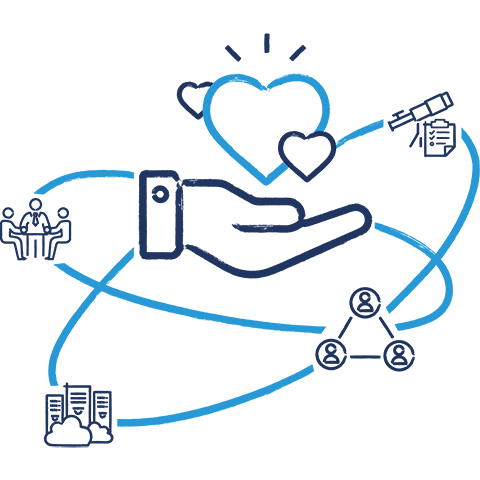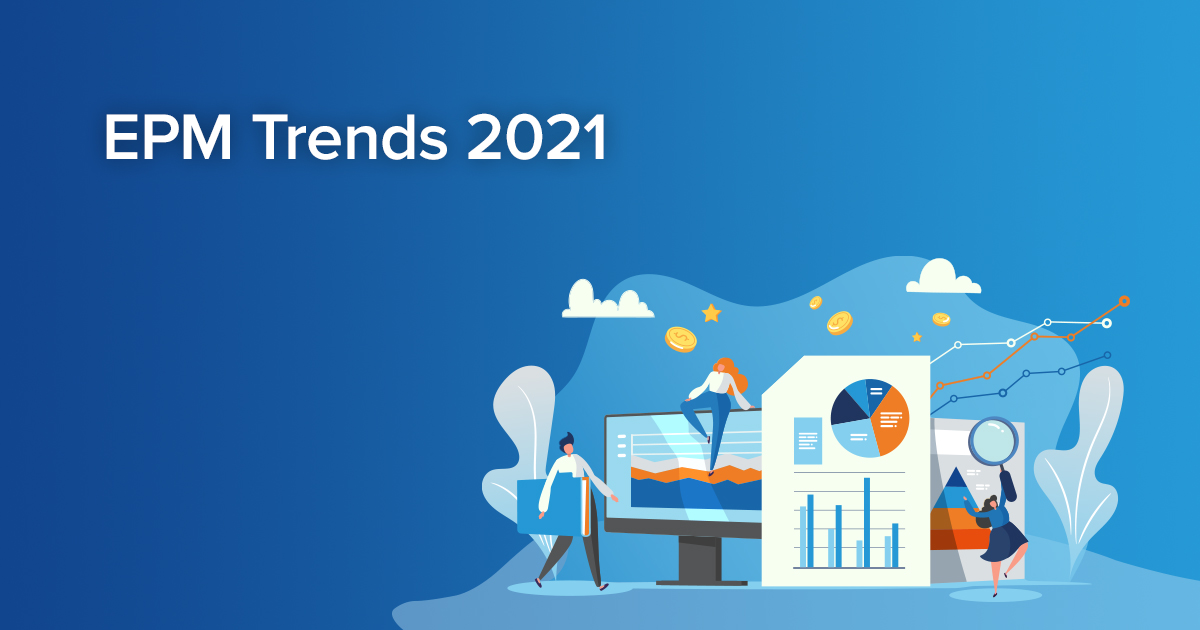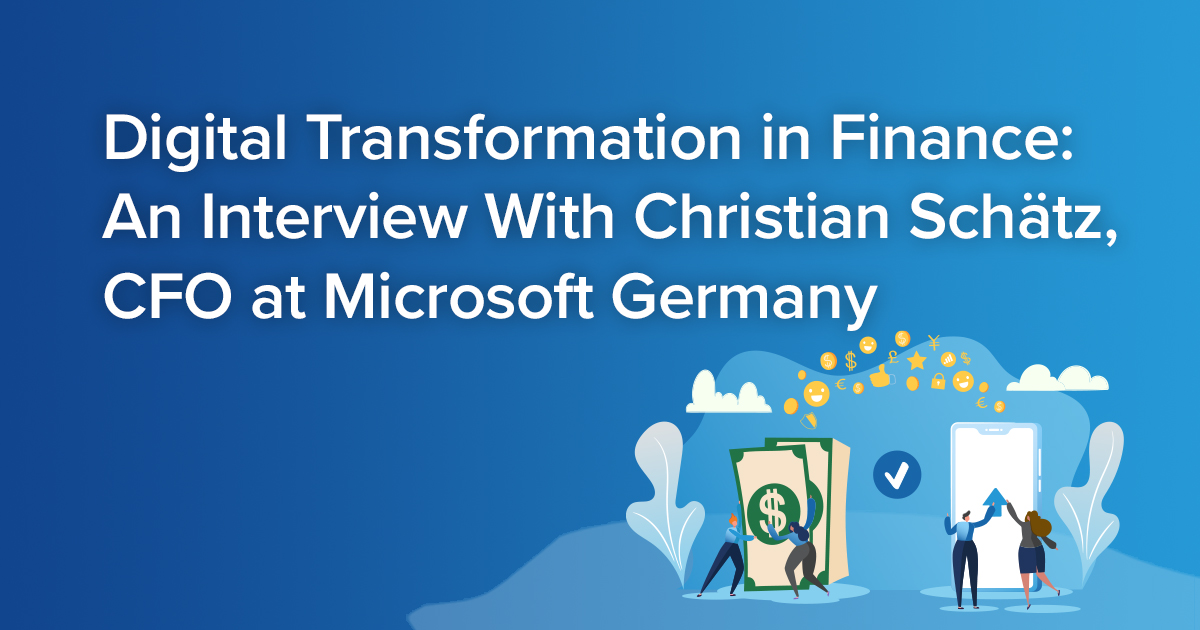
How non-profits can supercharge their digital transformation
For nonprofit organizations, ensuring continuity of service to their clients, maintaining relationships with donors and volunteers, and navigating the challenges of the pandemic proved to be a mammoth task. Digitization was the key to success for one of Australia’s most successful social enterprises. Richard Gregg, CEO and formerly CFO of New Horizons, recently discussed the organization’s digital transformation journey with CFO Magazine Australia. We have the highlights:
As one of the world’s first social enterprises, New Horizons was founded in 1967 through a partnership between the Macquarie Park Hospital and British Petroleum (BP) by establishing a service station that employed people living with and recovering from mental illness. It is now one of Australia’s most diverse and trusted nonprofits that supports thousands of vulnerable and disadvantaged people.
With more than 1,400 staff and over 4,000 clients, New Horizons saw a rise in demand for its services as well as the need for a digital transformation strategy. Richard acknowledges he was fortunate that his predecessors made technology investments a priority and the journey was underway when he joined.
The cornerstone of New Horizon’s digital transformation strategy is transitioning from on-premises hardware to more secure, cloud-based services in tandem with a roadmap that will allow them to provide exceptional experiences for both clients and employees. This is being operationalized with a five-year implementation plan. To avoid “transformation fatigue,” Richard recommends setting smaller, manageable phases and milestones.
Having successfully automated cash flow planning, they are able to immediately understand the impact of any adjustments made to the balance sheet. This means they are able to understand and explain short, mid, and long-term impacts of strategic decisions more easily to their leadership and board.
As the pandemic highlighted the need for real-time planning, Richard adds, “We leveraged Jedox’s cloud-based scenario planning to capture financial data,” “provide constant feedback on cost and revenue,” and “We are now able to use predictive analytics to produce quarterly rolling forecasts.” With real-time scenario planning, they can now live-model the data in board meetings and easily demonstrate the impact of changes, which means accountability and transparency has improved.
As he transitioned from CFO to CEO, he also notes that though it was a difficult time, the organization’s board deciding to continue investing in digital and data and keeping an emphasis on continuing the transformation remained. Choosing to “double down on technology” at a critical time allows New Horizons to stay focused on their 2030 strategic vision and continue the exciting journey for all involved with the organization.
Learn more about how to accelerate your planning, budgeting, and forecasting.
This article first appeared on https://cfomagazine.com.au/.



